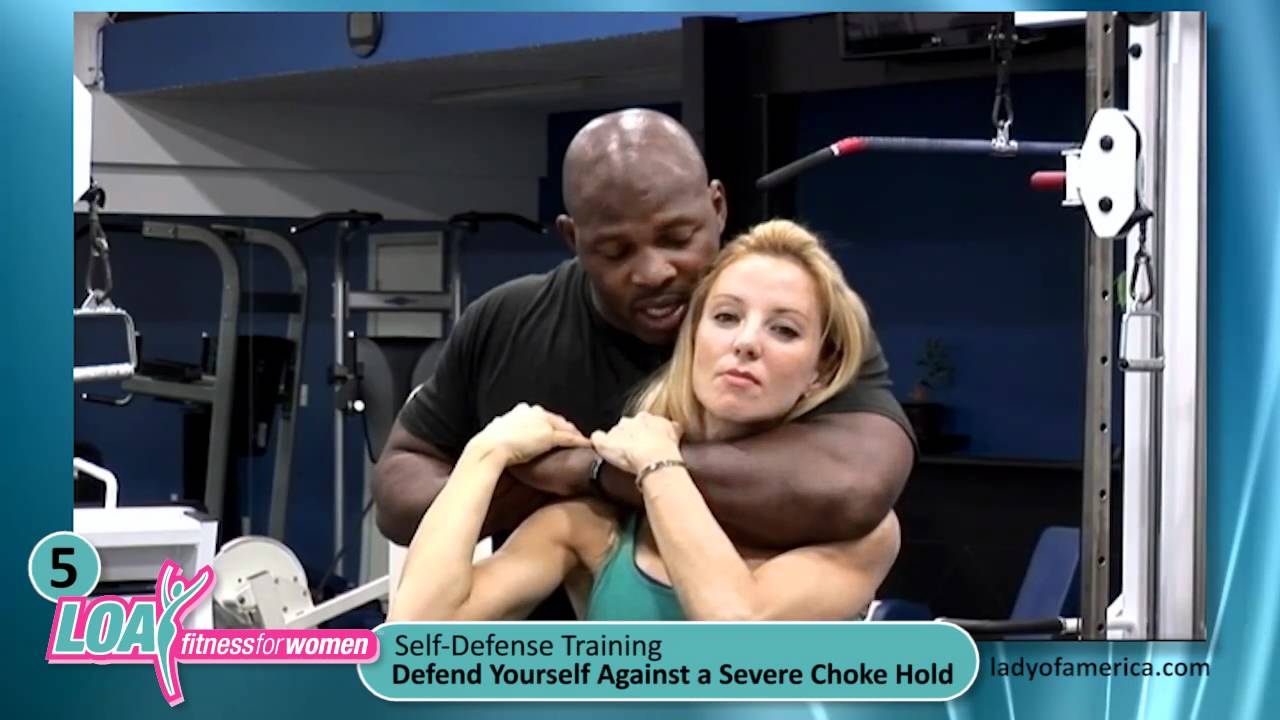Womens Self Defense
Empowering Through Self-Defense: Advocating for Safety and Empowerment

Greetings, lovely ladies! I am Jade Tripp, your go-to expert in women’s self-defense and personal protection. Today, let’s talk about a crucial topic: "Empower Yourself: 5 Effective Self-Defense Techniques Every Woman Should Know."
In a world where we are constantly faced with potential threats, it is imperative for us to be prepared and equipped to defend ourselves if the need arises. Here are five powerful self-defense techniques that can help you feel more confident and secure in any situation:
-
The Palm Strike: One of the most effective self-defense techniques for women is the palm strike. This move involves using the base of your palm to strike an attacker’s nose, throat, or eyes. By delivering a swift and forceful palm strike, you can incapacitate your assailant and create an opportunity to escape to safety.
-
The Groin Kick: Another essential self-defense technique for women is the groin kick. A well-placed kick to the attacker’s groin can instantly disable them and give you precious seconds to flee from danger. Remember to use your body’s full force to deliver a powerful kick to this vulnerable area.
-
The Elbow Strike: The elbow strike is a valuable self-defense technique that can be used in close-quarters combat. By using your elbow to strike an attacker’s face, throat, or ribs, you can effectively fend off an assault and protect yourself from harm. Practice this move to become more proficient in using this powerful weapon.
-
The Escape and Evade: When faced with a dangerous situation, remember that your first priority is to escape and evade the threat. Use your surroundings to your advantage, look for potential escape routes, and create distance between yourself and the attacker. By staying alert and aware of your surroundings, you can increase your chances of avoiding danger altogether.
- The Self-Defense Tool: In addition to physical techniques, consider carrying a self-defense tool such as pepper spray, a personal alarm, or a tactical pen. These tools can provide an extra layer of protection and give you peace of mind knowing that you have a means to defend yourself in case of an emergency.
Remember, the key to effective self-defense is preparation and practice. Take the time to learn and master these techniques, attend self-defense classes, and stay vigilant in your daily life. By empowering yourself with the knowledge and skills to protect yourself, you can ensure your safety and well-being in any situation.
Stay safe, stay strong, and always remember that you are capable of defending yourself. Empower yourself with these self-defense techniques and be confident in your ability to protect yourself. You’ve got this, ladies! Be fierce, be fearless, and be empowered. Until next time, take care and stay safe. Jade Tripp, signing off.
Womens Self Defense
Uniting for Justice: Community Organizations Push for Stronger Self-Defense Legislation

Uniting for Justice: Community Organizations Push for Stronger Self-Defense Legislation
In recent years, the dialogue surrounding self-defense laws has grown more complex and critical, highlighting the need for a re-examination of legal frameworks that govern individual conduct during life-threatening encounters. As issues of personal safety, inequality, and the right to self-defense collide, community organizations across the nation are uniting to advocate for stronger self-defense legislation that not only protects individuals but also addresses systemic injustices.
The Current Landscape
Self-defense laws vary widely from state to state, resulting in a patchwork of regulations that can often leave marginalized communities under-protected. Some states have “Stand Your Ground” laws which give individuals the right to use force without the duty to retreat when threatened. Meanwhile, others adhere to more traditional “Duty to Retreat” principles, requiring individuals to avoid confrontation when possible. This inconsistency can lead to unintended consequences, particularly for people of color and those from lower socioeconomic backgrounds, who might be disproportionately criminalized in self-defense situations.
The Call for Reform
In response to these disparities, community organizations are rallying for legislative change. Groups focused on social justice, civil rights, and public safety are coming together to craft proposals aimed at reforming self-defense laws. These advocates argue that it is essential not only to ensure the right to defend oneself but also to create an equitable legal framework that reduces bias in how self-defense cases are prosecuted and adjudicated.
Key Proposals
-
Enhanced Training and Awareness: One significant proposal advocates for mandatory training in self-defense laws for both civilians and law enforcement. Understanding the legal implications of self-defense can empower individuals to make informed decisions during high-pressure situations.
-
Bias Review Measures: Community organizations are pushing for legislative measures that require law enforcement to undergo training on implicit bias and the historical context of self-defense laws. This could mitigate the risk of racial profiling and ensure that self-defense claims are evaluated fairly.
-
Legal Support and Resources: Providing legal resources and support for individuals who defend themselves can help level the playing field. Advocates suggest establishing funds or programs that can assist with legal fees for those who may not otherwise afford representation in self-defense cases.
- Community Dialogues: Engaging community members in discussions about self-defense can foster better understanding and cooperation. Organizing community forums to discuss individual rights, responsibilities, and personal safety can build trust and provide critical information.
Building Coalitions
Collaboration is at the heart of this movement. Organizations with differing focuses—such as gun rights advocates, domestic violence shelters, youth mentorship groups, and racial justice organizations—are finding common ground in the belief that self-defense is a fundamental right that must be accessible to everyone.
These coalitions are also crucial in countering misinformation about self-defense laws and their implications. By working together, they can foster a more informed public debate and promote legislation that is both just and effective.
The Path Forward
As these community organizations continue to push for stronger self-defense legislation, the conversation around justice, equity, and individual safety remains crucial. Advocates emphasize that any reform must be carefully crafted to protect the rights of all individuals while also addressing the underlying societal issues related to violence and safety.
In conclusion, the united effort of community organizations in advocating for stronger self-defense legislation reflects a growing commitment to justice that transcends traditional divides. By prioritizing equity and informed discourse, these groups are not only advocating for change in the law but are also championing the dignity and safety of every individual in society. The path to reform may be arduous, but the collective action of committed organizations can drive meaningful change in ensuring that self-defense rights are upheld for all.
Womens Self Defense
Self Defense Training For Women In A Bar Scene Or Walking The Mall — Lady Of America

http://www.ladyofamerica.com This is the last of the Lady of America Fitness for Women self defense training videos. This video is …
source
Womens Self Defense
One Punch Man #Selfdefense #Womens selfdefense #Defeat the enemy with one move #Selfdefens
-

 Womens Self Defense11 months ago
Womens Self Defense11 months agoNew Legislation Empowers Women to Defend Themselves
-

 Self Defense News1 year ago
Self Defense News1 year agoShe was convicted of killing her abusive boyfriend. Now a Maple Grove woman is home awaiting a new trial.
-

 Self Defense News1 year ago
Self Defense News1 year agoSelf-Defense for All: The new Gracie Jiu-Jitsu Pasadena is for everyone | Online Features
-

 Womens Self Defense1 year ago
Womens Self Defense1 year agoTop 5 Self-Defense Techniques Every Woman Should Know
-

 Womens Self Defense7 months ago
Womens Self Defense7 months agoUnderstanding State-by-State Variation in Self Defense Laws
-

 Womens Fitness1 year ago
Womens Fitness1 year agoXtreme Bodyweight HIIT (Lots of Jumping!) | Joanna Soh (Fio Series)
-

 Womens Preparedness1 year ago
Womens Preparedness1 year ago10 essential skills for surviving in the great outdoors
-

 Womens Preparedness1 year ago
Womens Preparedness1 year agoEmpower Yourself: A Guide to Female Survival Planning




